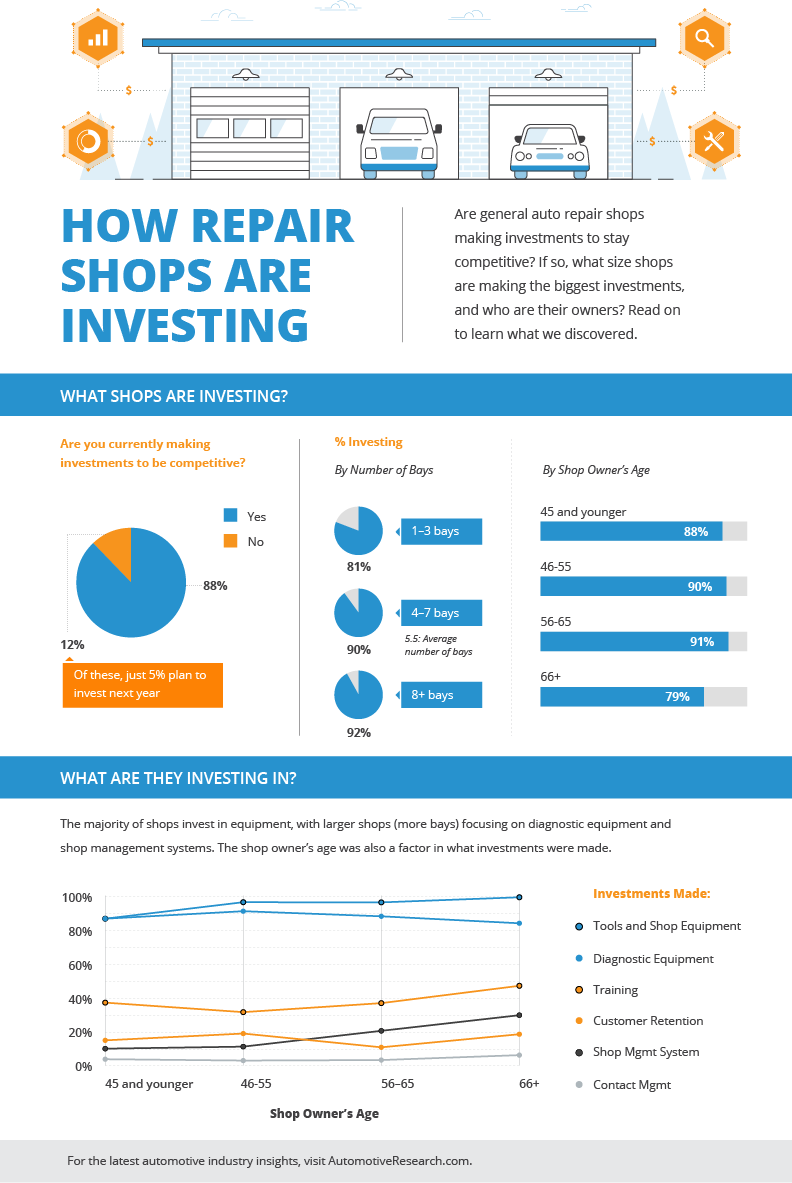Comprehending Your Car'S Warning Lights: What Do They Really Mean?
Comprehending Your Car'S Warning Lights: What Do They Really Mean?
Blog Article
Authored By-Hartley Torres
When you lag the wheel, those radiant warning lights on your dashboard can be a bit difficult. Do you understand what they're trying to inform you regarding your auto's wellness? Understanding the relevance of these lights is important for your safety and security and the longevity of your car. So, the following time one of those lights pops up, would not you wish to analyze its message precisely and take the essential steps to address it?
Common Warning Lights and Interpretations
Recognize typical warning lights in your cars and truck and understand their meanings to ensure risk-free driving.
One of the most typical caution lights include the check engine light, which signifies issues with the engine or discharges system. If this light begins, it's important to have your vehicle checked immediately.
The oil stress warning light suggests reduced oil pressure, requiring instant attention to stop engine damages.
linked webpage blinking battery light may suggest a damaged charging system, possibly leaving you stranded if not attended to.
The tire pressure monitoring system (TPMS) light notifies you to reduced tire stress, influencing lorry stability and fuel performance. Disregarding this can lead to hazardous driving problems.
The abdominal light indicates a problem with the anti-lock stopping system, compromising your capacity to stop rapidly in emergencies.
Finally, the coolant temperature level alerting light warns of engine overheating, which can lead to serious damages otherwise resolved promptly.
Understanding these typical caution lights will certainly aid you attend to concerns quickly and maintain secure driving conditions.
Significance of Prompt Focus
Comprehending the typical warning lights in your auto is just the first step; the importance of quickly resolving these cautions can't be emphasized sufficient to guarantee your security when traveling.
When a warning light illuminates on your dashboard, it's your auto's means of interacting a potential issue that needs attention. Ignoring these cautions can result in extra severe issues later on, jeopardizing your safety and potentially costing you much more in repairs.
Prompt interest to cautioning lights can stop malfunctions and crashes. For example, a flashing check engine light might suggest a misfire that, if left neglected, could cause damage to the catalytic converter. Resolving this immediately can save you from a costly repair service.
Likewise, a brake system cautioning light could signal low brake liquid or worn brake pads, essential elements for your safety and security when driving.
Do It Yourself Troubleshooting Tips
If you discover a caution light on your dashboard, there are a few DIY fixing tips you can try before looking for specialist help.
The first step is to consult your auto's manual to comprehend what the particular warning light shows. In some cases the concern can be as easy as a loosened gas cap setting off the check engine light. Tightening the gas cap may resolve the trouble.
https://hectorvrlez.livebloggs.com/38416978/learn-how-environment-friendly-cars-and-truck-detailing-products-can-raise-your-vehicle-s-luster-while-protecting-the-planet-discover-the-lasting-options-awaiting-you is a reduced battery, which can trigger various warning lights. Inspecting the battery links for rust and ensuring they're protected could repair the problem.
If a warning light lingers, you can try resetting it by disconnecting the auto's battery for a couple of mins and after that reconnecting it. In addition, inspecting your vehicle's liquid levels, such as oil, coolant, and brake fluid, can aid repair alerting lights related to these systems.
Conclusion
In conclusion, understanding your cars and truck's caution lights is vital for keeping your vehicle running efficiently and safely. By without delay addressing these notifies and recognizing what they mean, you can avoid pricey repair work and potential break downs.
Keep in mind to consult your auto's manual for specific details on each cautioning light and take action accordingly to make sure a hassle-free driving experience.
Keep informed, stay Visit Web Page on the road!
